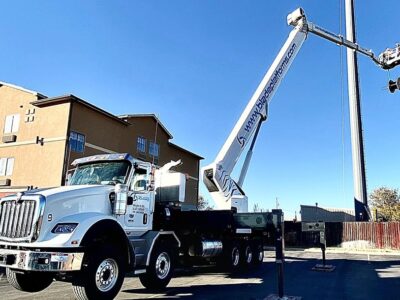A key component of property management is efficient control of tenant security deposits. To guarantee a seamless renting experience, landlords and property managers have legal obligations, must keep appropriate documents, and must interact amply with tenants. Knowing security deposit management will help you avoid financial losses and conflicts regardless of your experience as a landlord new or seasoned. This handbook guarantees rental law compliance and addresses best methods for gathering, storing, and returning security deposits. From the first deposit collection until writing a security deposit refund letter, these guidelines will help you to ensure a flawless and simple process.
Understanding Security Funds
Before renting a home, a tenant pays a security deposit a quantity of money. Should damage, unpaid rent, or contract violations arise, it provides financial defense for landlords. Location and rental agreements affect the quantity; usually, it ranges from one to two months’ rent. To prevent misinterpretation, landlords should provide clear security deposit rules in lease agreements.
Legal Policies for Security Funds
Every state or nation has particular rules controlling security deposits, including restrictions on quantities, required disclosures, and deadlines for fund returns. Landlords should get aware with these rules so they may guarantee compliance. Legal conflicts and financial fines can follow from breaking security deposit rules. Certain countries mandate that landlords give tenants written statements about deposit processing or post deposits into separate accounts.
Organizing Move-In and Move-Out Inspections
Complete inspections both at move-in and move-out enable landlords to decide whether any deductions are required. Landlords should record the state of the property with pictures and a checklist before a tenant moves in; both sides should sign these records. Another inspection of the condition of the property should be done when the renter leaves. Any damages outside of expected wear and tear should be reported for possible deposit deductions.
Getting Back the Security Deposit
Most rental rules mandate that landlords repay the security deposit within a designated period usually 14 to 30 days following lease termination. Should deductions be required, landlords have to send an itemized statement outlining the rationale. Clear deductions help to preserve confidence and prevent conflicts. Tenants should also be urged to leave the home in good shape so they could be fully refunded.
Maintaining good landlord-tenant relations and following legal criteria depend on the management of tenant security deposits. Following top standards helps to guarantee a hassle-free process from deposit collecting and storage to handling deductions and refund issuance. Documenting transactions, doing extensive inspections, and open tenant communication help landlords to preserve their assets and treat their tenants fairly. Including a well-written security deposit refund letter guarantees compliance with laws and clarity to help to complete the procedure.













Comments